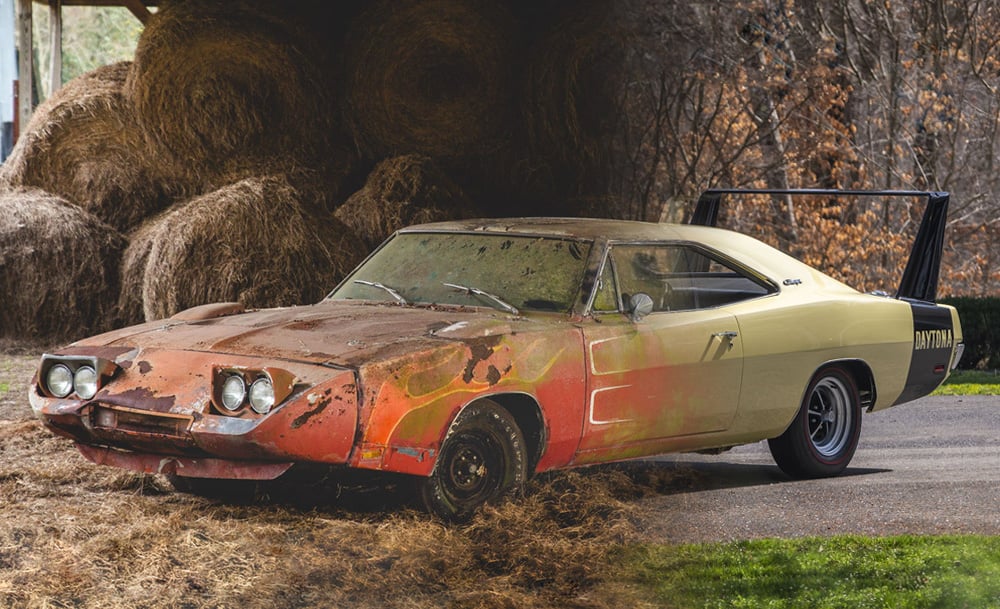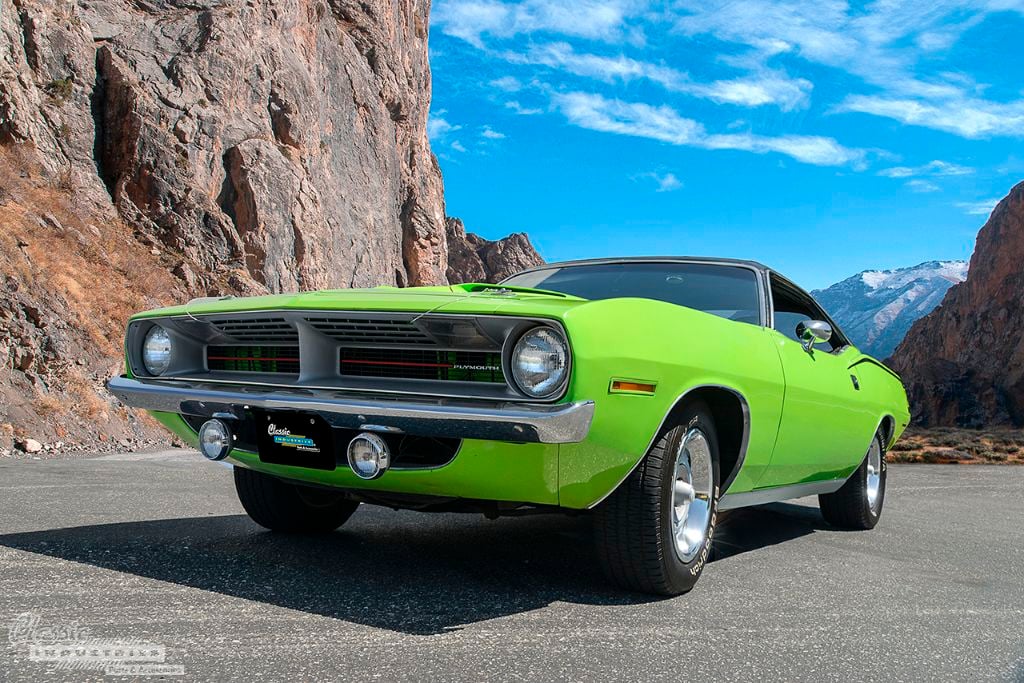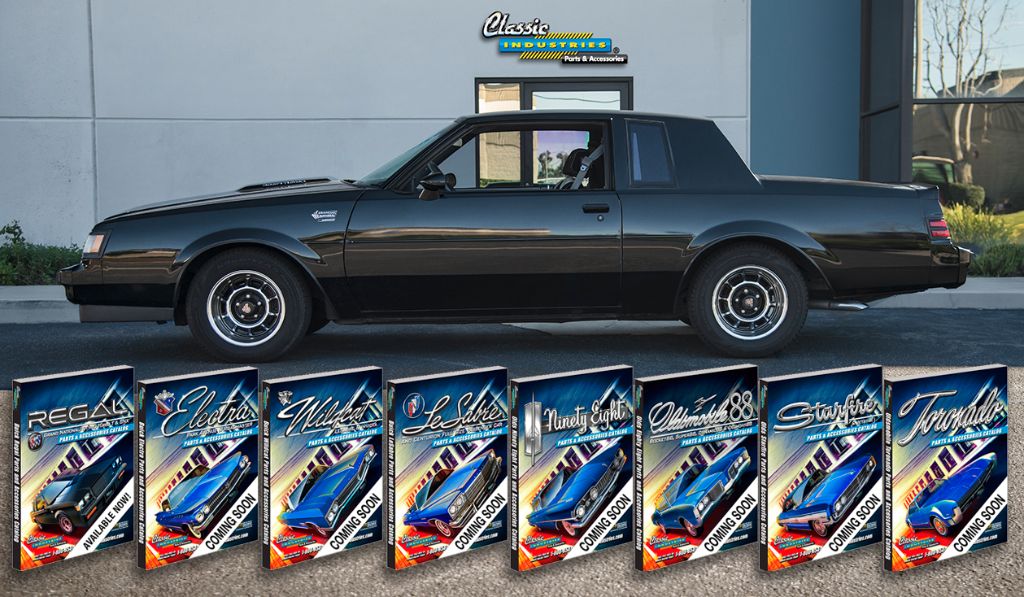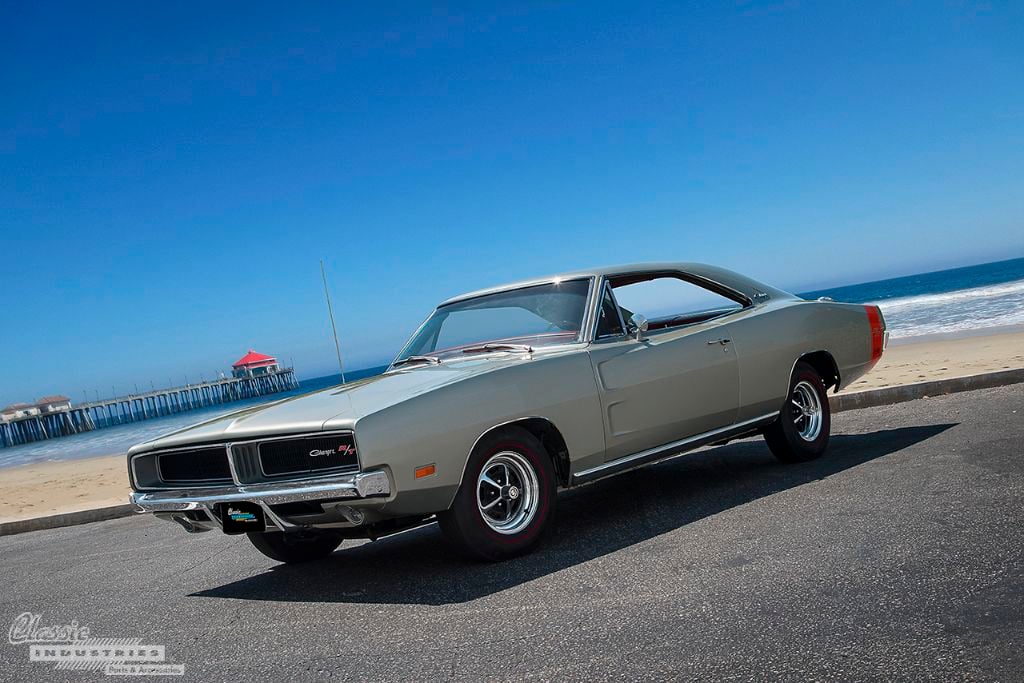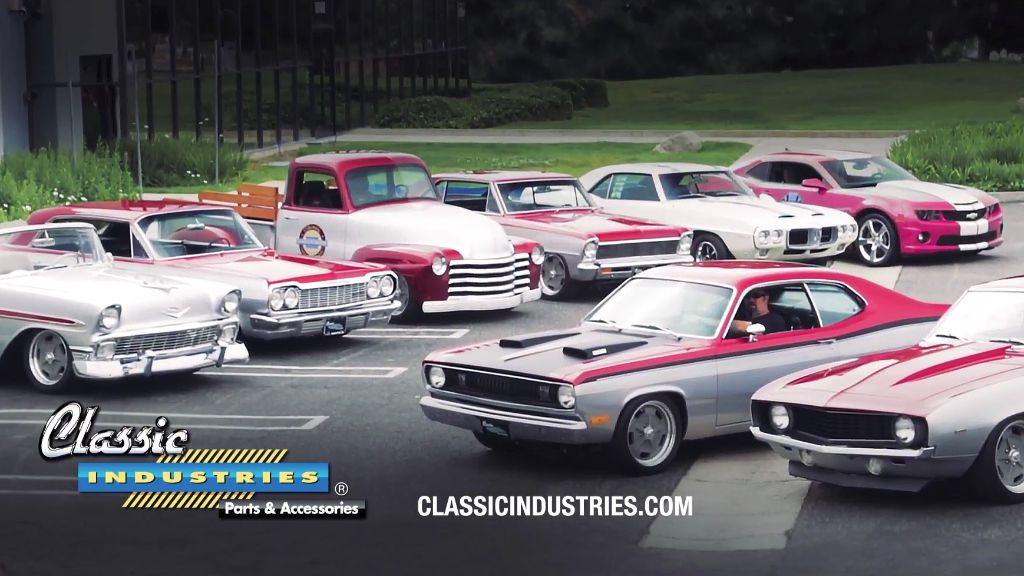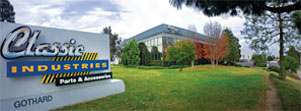One of our favorite things about late '60s and early '70s Mopar cars is their use of vibrant High Impact paint colors. From Sublime and Panther Pink to Go Mango and Lemon Twist, even the names of these hues made an in-your-face statement. They also played a large role in keeping these cars memorable, even to non-car-enthusiasts. One of your friends might not know the first thing about cars, but he'll certainly turn to stare at the bright green muscle car with the roaring V8 engine.
This 1970 Plymouth 'Cuda belongs to Alex Uribe, of Redlands, California. The car is painted In Violet, which was Plymouth's name for the purple known as Plum Crazy on Dodge models.





